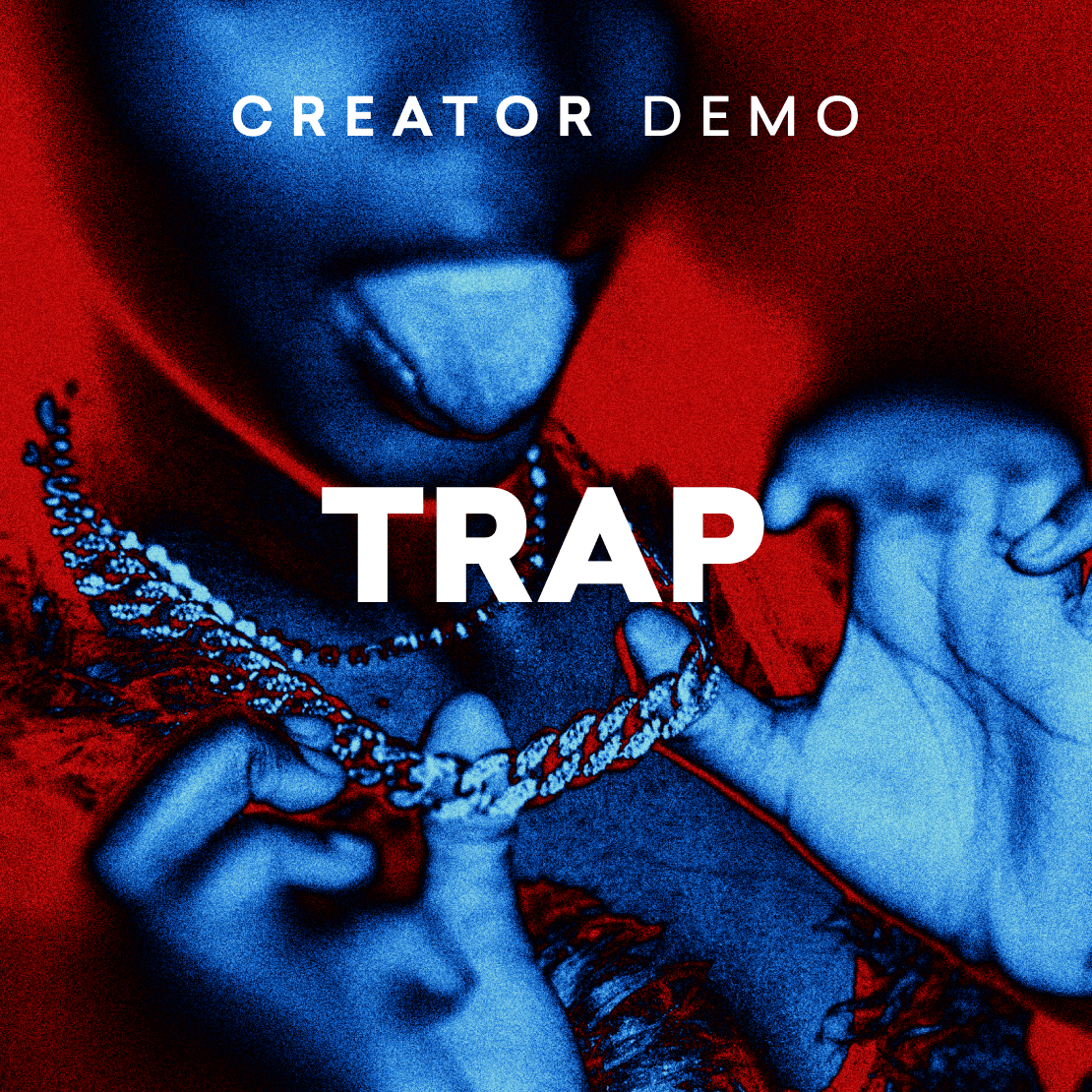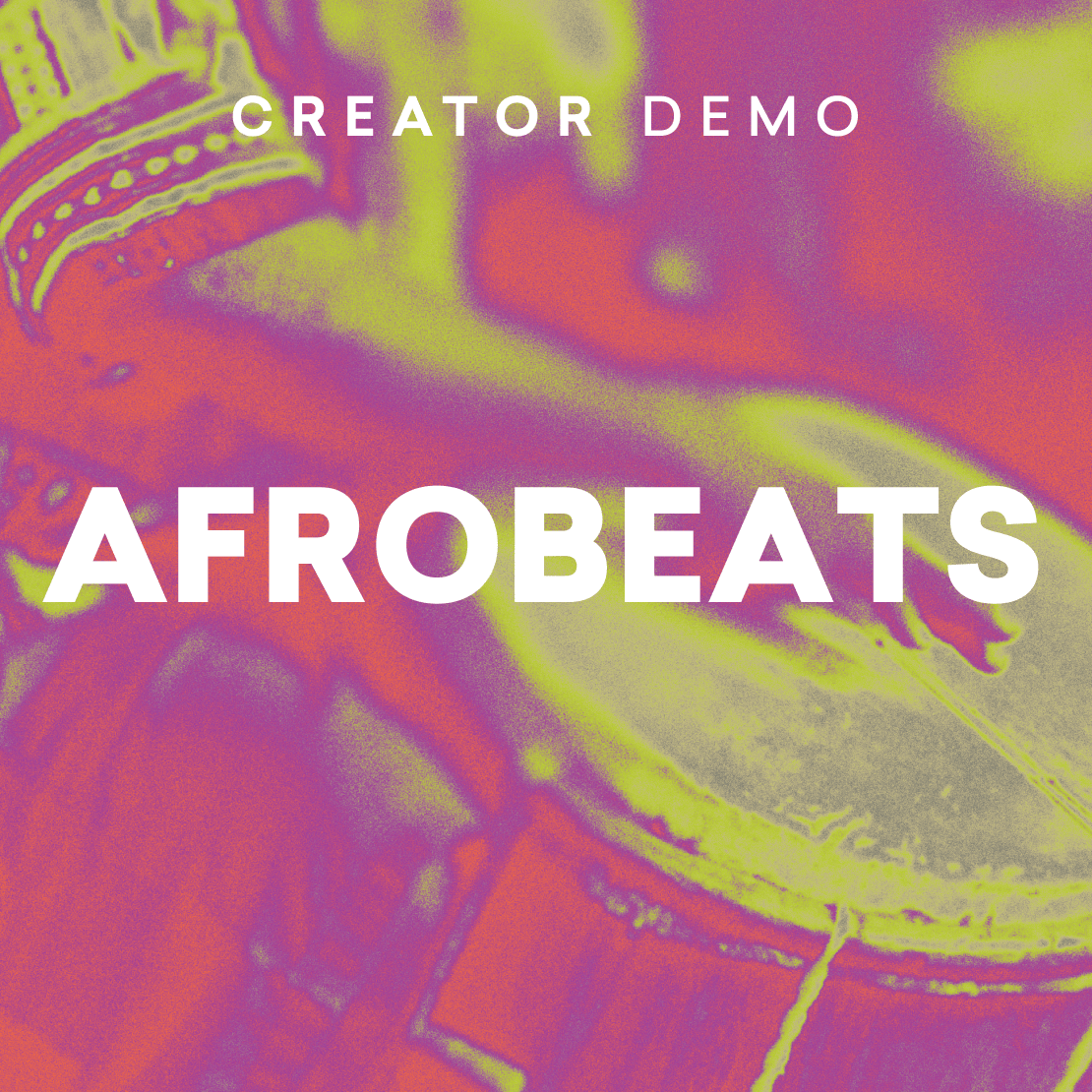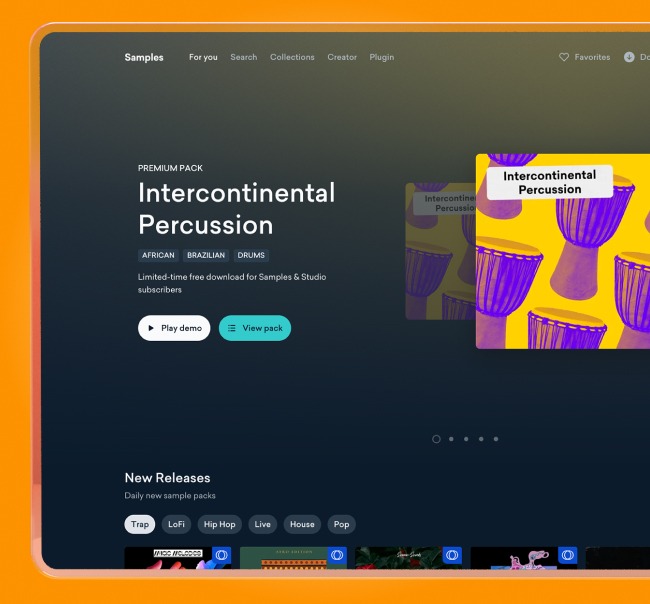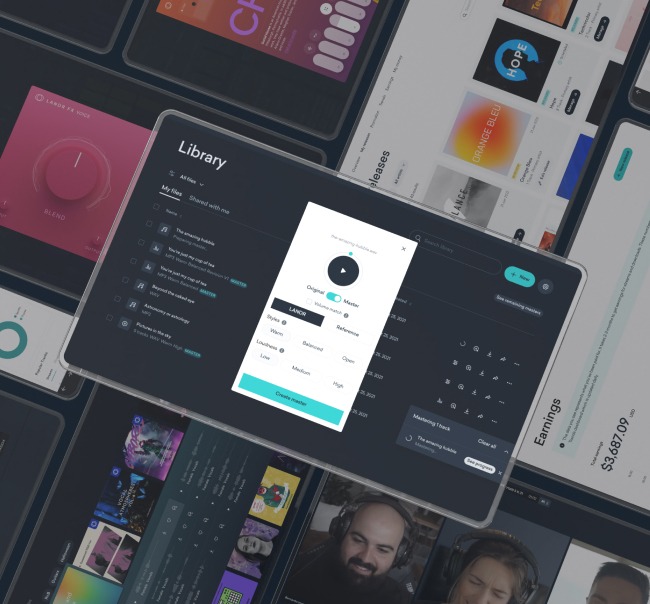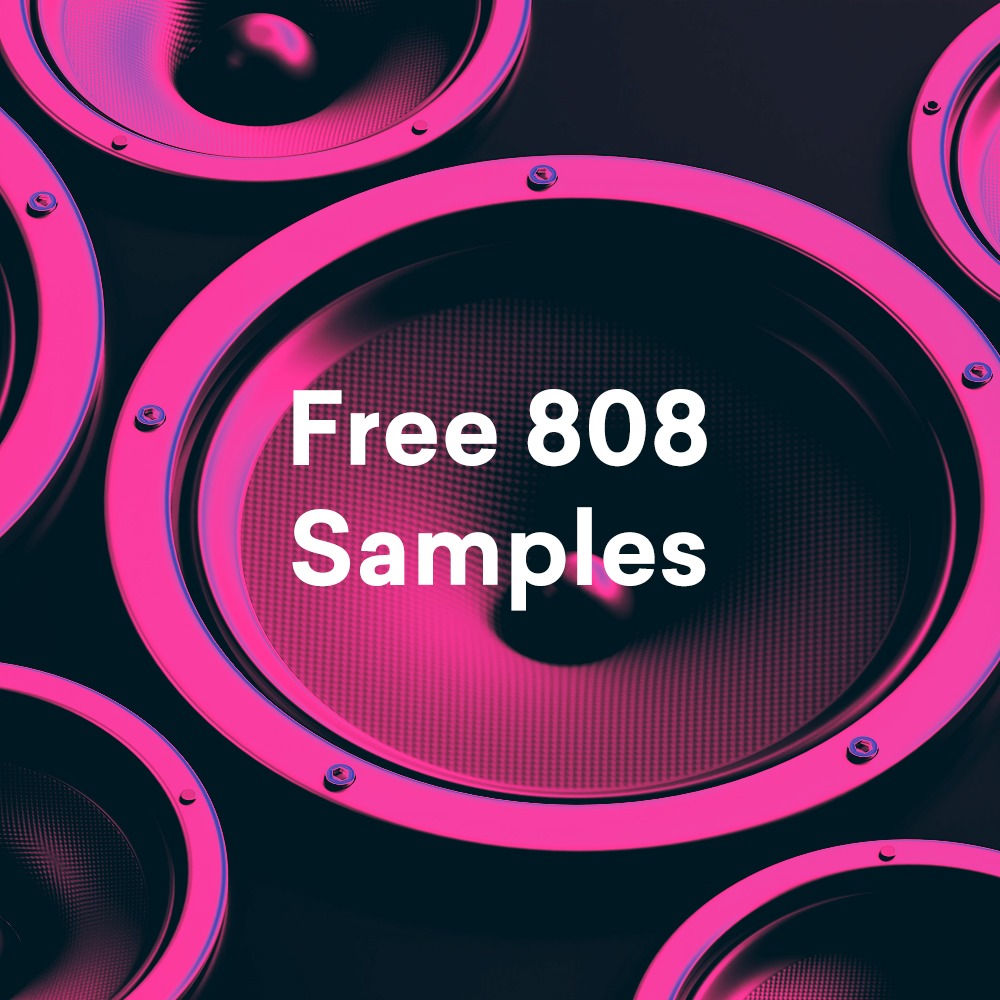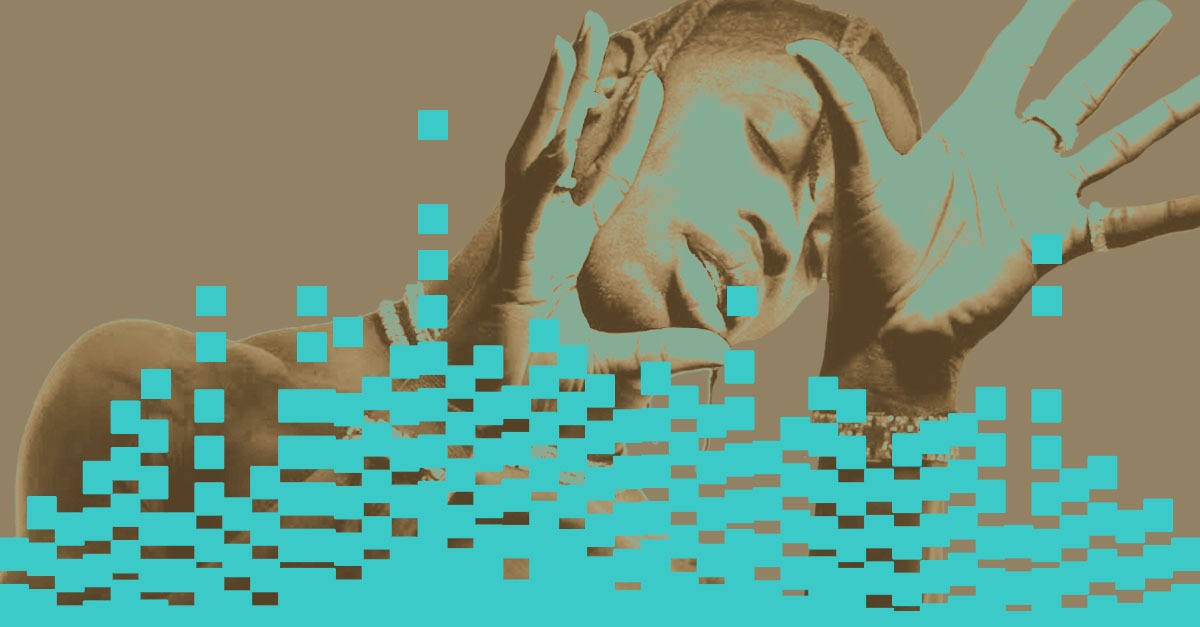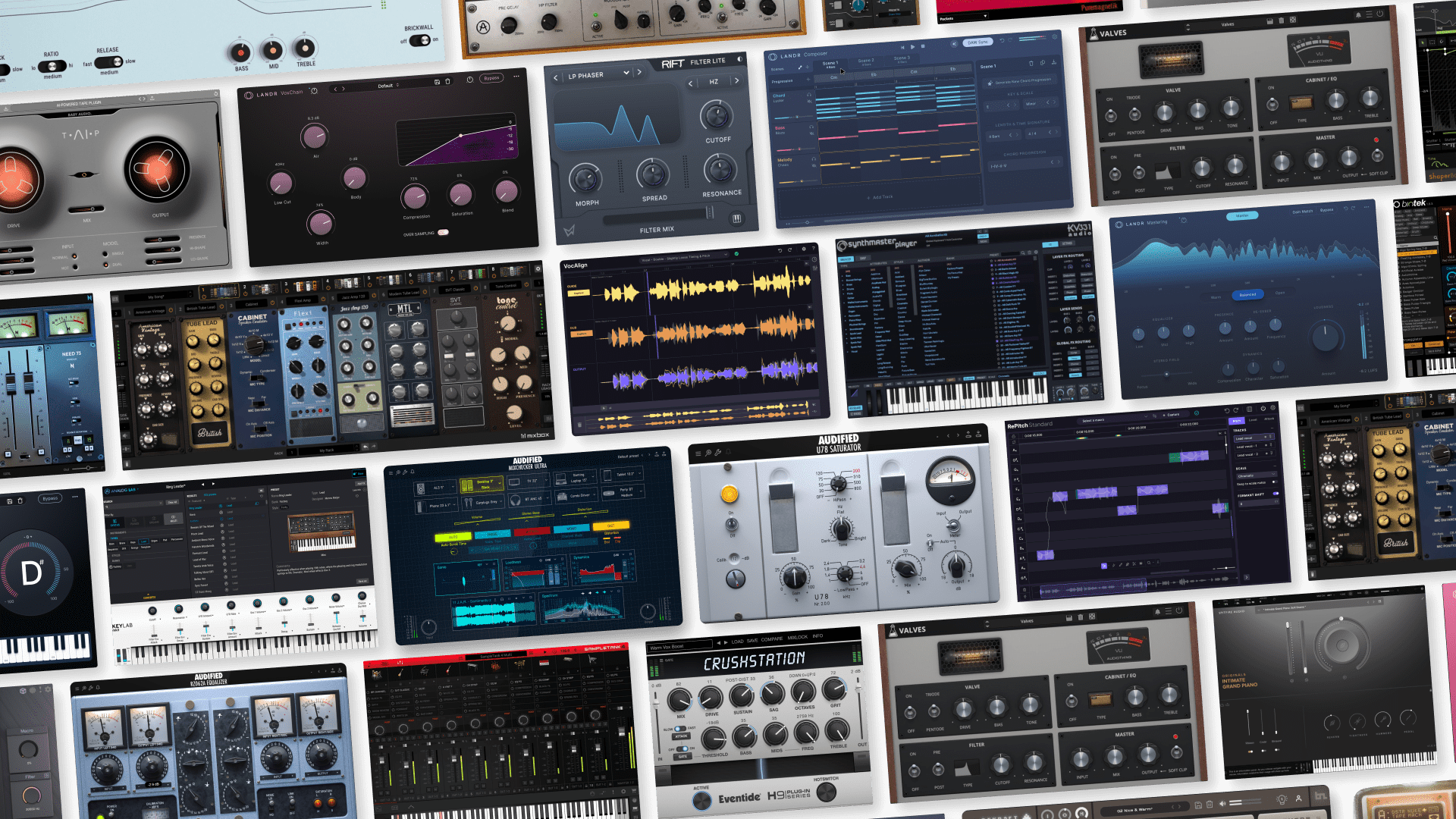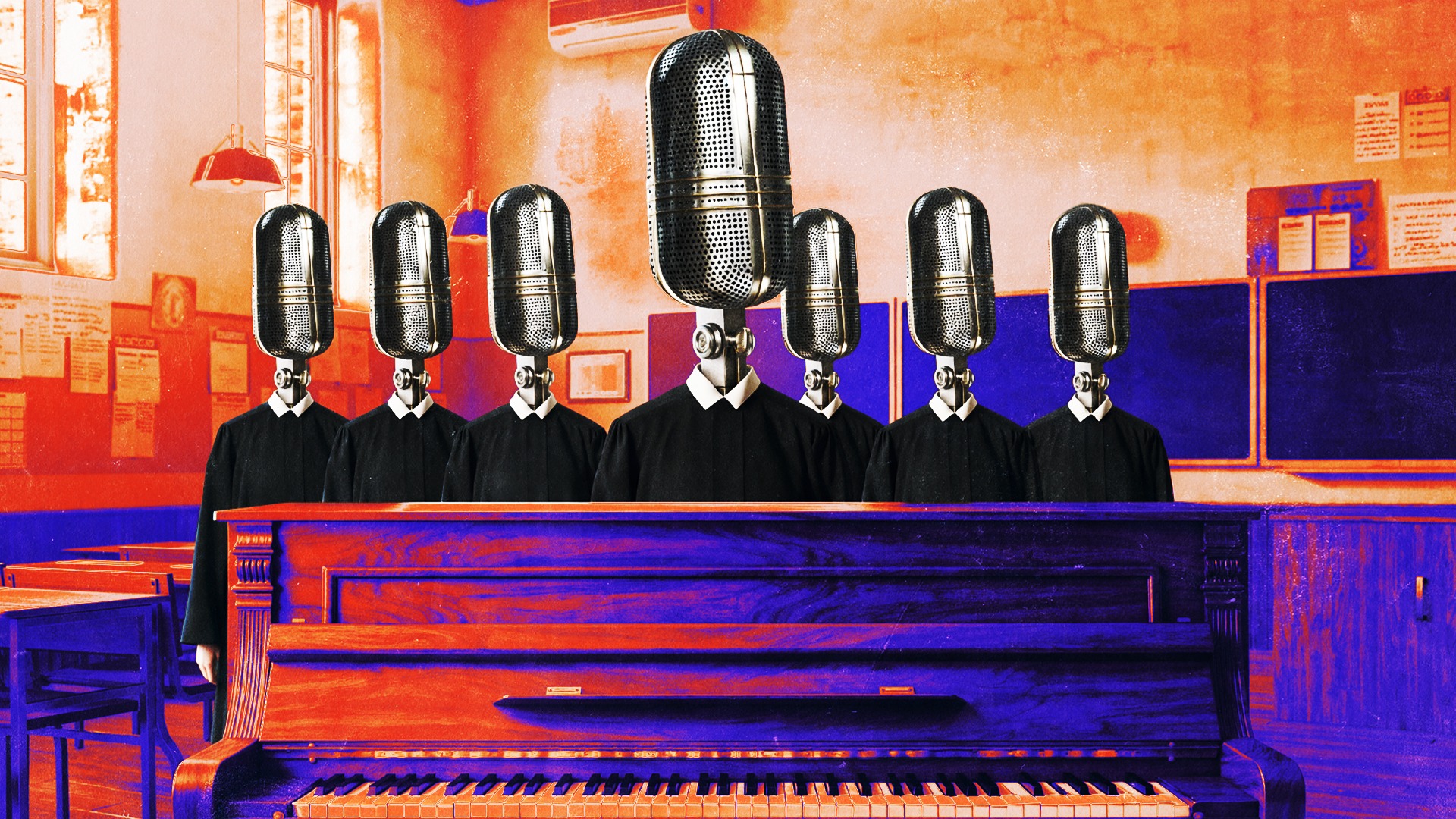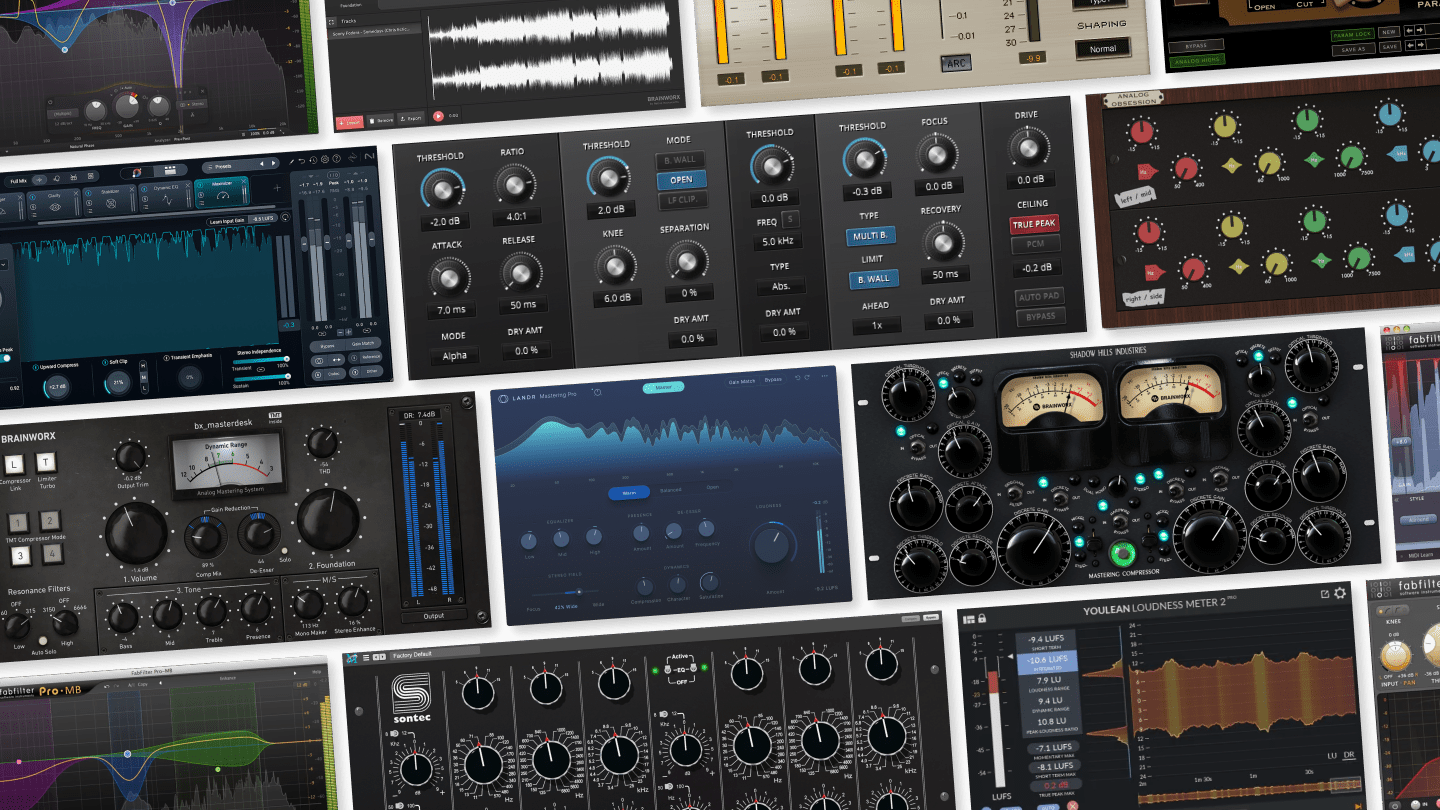
Type Beats: What They Are and How to Start Making Them
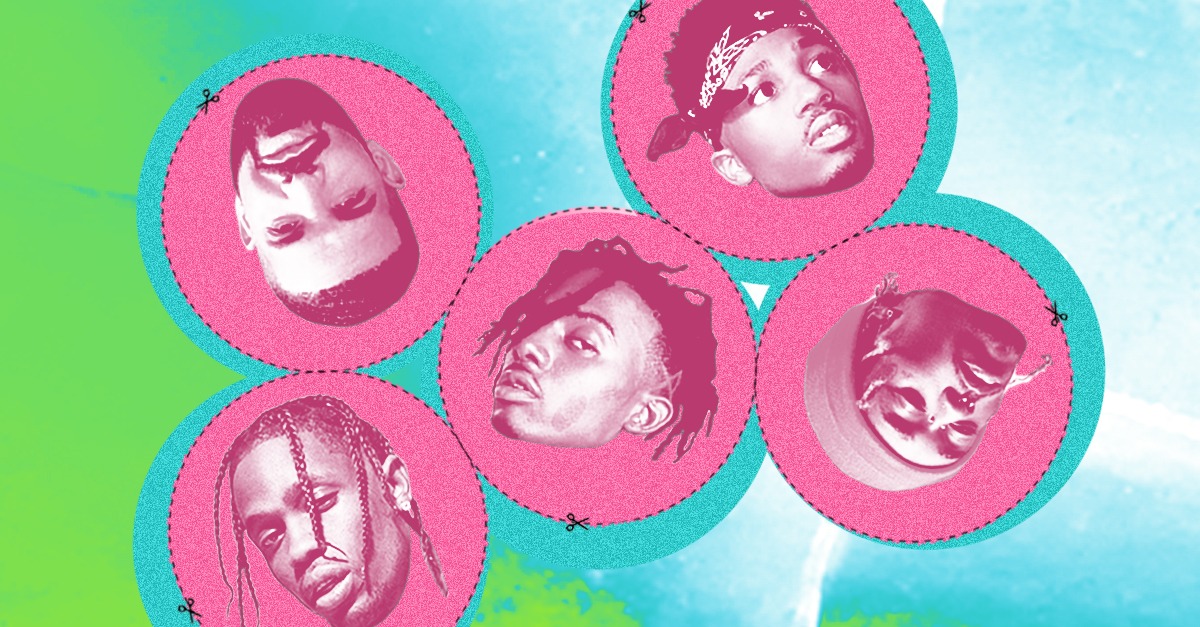
Type beats are an exciting trend in beat making right now. They can help new music producers build a reputation and fan base and even grab the attention of artists.
In a best-case scenario, an artist could even purchase a type beat and turn it into their next major hit. (Hey, it happened with “Panda”). But first, what is a type beat?
In this article, we’ll give you the breakdown on type beats. We’ll tell you what they are, how to make them, and—most importantly— how to use type beats to elevate your beat-making career.
What are type beats?
Type beats are instrumentals made to emulate the style of a famous artist or producer. Beatmakers typically sell them to artists who want beats in a familiar style to rap over. By putting a well-known artist’s name in the title, aspiring producers can make their beats more easily found in Google and YouTube searches.
What does type beat mean? The term came from the informal practice of artists communicating the sound they wanted by referring to a style that would fit a specific artist. (“Hey, gimme some Drake beats.”) These days they’re part of a beat-making economy with multiple marketplaces specializing in connecting producers to artists to sell their beats.
Do type beats work? You bet they do. Major rappers have even discovered up-and-coming producers just by searching for their own names.
You might be wondering how type beat producers approach their craft. It’s not as simple as you think. Copying the greats is nothing new. But type beats are much more than just tributes—they’re part of a hidden economy all beatmakers need to understand.
Larry Ohh shares his process for making type beats.
How to use type beats
The economy around modern music production is extremely competitive. If you aren’t a well-known beatmaker, people likely aren’t searching for your name specifically, which means they’ll probably never find you on the web, YouTube, or on beat marketplaces. It can take years of hard work and hustling to build a dedicated fanbase.
Creating quality type beats can launch your reputation or at least put you into the conversation.
Enterprising producers discovered that using specific search terms in their titles could land them on the same results pages as artists with tons of traffic—and lots of their followers looking to get the same sound.
For example, if you create great type beats in the style of Lil Baby, you may be able to come up on SoundCloud when users search for his music, quickly building your fan base. Another artist looking for Lil Baby could discover your beat and put it in their next track.
That’s the basic mechanic behind promoting your brand with type beats. You’re basically using the star power of your favorite artists to help increase your visibility.
However, it’s important to note that the best sample type beats aren’t carbon copies of top artists. They’re similar beats that add your own unique spin to the sound. Rap and hip-hop were built on sharing and remixing existing beats to give them a unique sound.
Where to find type beats
If you’re an artist looking for beats to rap over, type beats could be a good option.
Well-made type beats echo popular sounds that fans already know and love and can help you break out from the competition.
If you already have an artist you want to emulate, searching for type beats in their style can speed up your music creation process. They can also help you appeal directly to your ideal fans.
Not sure where to find type beats? There are plenty of producers looking to sell their beats.
Here are the top four places to find type beats:
🧠 Hot tip
YouTube
This one may seem obvious but don’t underestimate it. YouTube is steadily becoming a serious force in hip-hop production. And since it’s built on the same search engine technology as Google, the titles and keywords around type beats will always bring relevant material to the top.
Simply type in your preferred artist with the words “type beats.” Try “Kendrick Lamar type beats” or “Lil Durk type beats” and see all the results you get.
Beat marketplaces
Beat marketplaces are another obvious source for type beats. These services host beats and profiles to help artists and producers connect. They all include search engines that let you easily search for type beats that reflect your target artist.
Some of the top beat marketplaces include:
In most cases, these are paid services that may take a cut of any transactions on the platform.
Individual producers
The further you dive into your favorite music genres and subgenres, the more likely you are to come across producers that can make incredible sounds. You may follow your favorites on YouTube, SoundCloud, TikTok, and Instagram.
Top producers are constantly cranking out great beats, including type beats. Keep your ear open or toss out a DM to an up-and-coming producer and see if they’d be up for collabing with you on a new type beat.
Free online beat making tools
Can’t find the type beats you want? Then why not make your own?
The best way to ensure a beat matches what you’re envisioning in your head is to make your own.
Try using use a beat maker like LANDR’s Creator, to craft your own type beats or start learning how to use a DAW.
Below, we’ll show you exactly how to make a type beat in a few easy steps.
How to make type beats
Let’s get one thing out the way first—the market for paid beats is saturated. As a beginner, it’s better not to charge for type beats until you’ve developed your skills enough to create a quality product.
Even so, analyzing the sounds in your favorite tracks and figuring out how to reproduce them is a good production exercise.
By learning how other producers made their sounds you can practice the techniques the pros are using and learn how to make type beats of your own.
You won’t be able to get a perfect clone of every sound in the track, but that’s okay. Remember, you aren’t copying a sound beat by beat. Instead, the mark of a great type beat is one that captures the mood and feel of the original artist while still having its own style and vibe.
Here are a few tips to help you understand what goes into making a type beat.
1. Find the appropriate producer or rapper to emulate
You might want to rip into a Travis Scott type beat right away, that’s great! There’s no wrong place to get started.
But if you’re looking to get noticed, choosing to create type beats for only the biggest artists is a gamble.
There’s a lot of producers out there making Drake and Future type beats, so it might be hard to stand out from the crowd.
If you’re getting good at making type beats and want to make something serious, consider making a beat for an up-and-coming rapper or beat producer.
Someone who could be on their way to superstar status, but maybe isn’t quite yet there yet.
Chances are good that someone like this might not have too many people making type beats in their style. Less competition makes it easier for your beats to be seen and heard.

In this video, Johnny takes us through his process for making a Tyler the Creator type beat.
2. Learn how rhythm and tempo work
Many genres are defined by specific rhythmic patterns and tempos, trap music included. You’ll never capture the same feel and vibe if your song is too fast and uses the wrong pattern.
Use your DAW or an online BPM analyzer to find the tempo of the beat you are trying to emulate. Then get familiar with the rhythms they are known for using.
For example, does the rapper gravitate towards half-tempo R&B style jams, or should you go with faster trap hi-hats?
A good way to start is to figure out the key and BPM of the original song. Then, use your DAW to begin to build out the drums to create a foundation for your type beat.
3. Get familiar with classic sounds
There are some basic sounds that a lot of beats have in common. I’m talking about staples like the 808 drums and bass.
Sure you could use the 808s that came stock in your DAW, but consider putting some time into tweaking them to get the sound you want. Most producers (including the ones you might be making a type beat for) use a ton of sound design techniques to get interesting, punchy, and booming 808s.
If spending hours playing with 808 kicks doesn’t appeal to you, there many producer-built 808 samples online that are sure to get the speaker punishing sound you want.
Speaking of samples…
3. ID the sample
A well-placed sample can give a beat an entirely new character. So, you may need to find a cool sample on your track to make an authentic type beat.
Just remember that any sample you use has to be cleared. Luckily you can find cleared and royalty-free sample packs online that were curated by some of the best producers in the game.
All you have to do is find a sick cleared sample made by a pro producer and turn it into something that suits your type beat.
Listen to the kind of samples used in the beat you’re trying to reproduce and search for similar artists, producers, or sounds.

Here's Anthony's attempt at making a Lil' Baby type beat.
4. Build instruments around the drums
After you build out the drums for your type beat, start layering on other sounds. If you’re creating type beats that are instrumental, listen carefully to the instruments in the original song. Put them in one by one.
Building the beats can be time-consuming, especially in the beginning. Be patient and remember that you’ll get faster with more experience.
5. Figure out any synth tricks
Programming synths is tough, but there are certain types of patches that pop up often in certain genres. A lot of producers gravitate towards software synths like Massive and FM8 from Native Instruments.
Try to find a video of your favorite producer working in the studio and observe what synths they use.
If you can’t afford the gear they use, try to find a synth VST clone that gets you as close as possible to your producer of choice. It’s amazing what you can do with a DAW, a few plugins, and an inexpensive MIDI keyboard.

This video explores the ideas and synths used in The Weeknd's track "After Hours"
6. Use the same effects
Signature effects can do a lot to establish the mood as well. Listen hard for any distinctive effects in their original song—especially on the vocals or samples—and make sure to include them.
Listen to whether the type beat should use slowed or sped up vocal samples, autotune on the verses, or chopped and screwed samples.
There are many effects that beatmakers use so keep your ears open, and get in touch with how different audio effects work.
7. Learn the types of chords and chord progressions used
The chord progression gives a song a lot of its identity. Understanding the types of chords and progressions used in a beat gives you the raw materials to create similar patterns.
Here’s a hot tip, most big trap tracks are written in minor keys. Chances are the producer you’re inspired by uses minor themes too. So, consider getting in touch with your minor scales and chords. There’s nothing like an emotional and sad chord progression to give your track a real vibe.
From there you’ll have to do your best to capture the specific feel and mood of the beat with trial and error. But the more you practice, the better you’ll get.
Marketing your type beats
Once your type beat is done, the real work starts.
You’ll need to start marketing your beats to try to get them into the ears of music fans, artists, and producers.
If you want to earn a living (or at least some scratch) from your work, you’re going to have to build a social media profile if you haven’t done so already.
Post your beats on beat marketplaces. Put them on YouTube. Broadcast them on your Instagram, YouTube, and TikTok channels. (If you put them behind a great meme, you might go viral on TikTok.)
The most important part of hustling your type beats is labeling them correctly.
Make sure you put the name of the artist in the title of your beat on the beat marketplaces or in your YouTube video.
Add artist hashtags to any social media posts featuring your beat. The goal is for your type beat to come up when anyone searches that artist’s name.
Stereo types
Beatmaking is fun, especially because you get to put your name on the track and say I made that!
Sometimes, you want your tracks to find their place within a musical genre and that means getting inspired by the greats. Type beat making is especially appealing because there’s the added excitement of potentially getting noticed by your favorite rapper or producer.
What is a type beat? It could be your path to a beat-making career. For now, don’t worry too much about the economy of making beats for other artists.
Just exercising your personal creativity and trying to making something cool is always so satisfying, it’s the reason why you do this in the first place!
Gear guides, tips, tutorials, inspiration and more—delivered weekly.
Keep up with the LANDR Blog.

